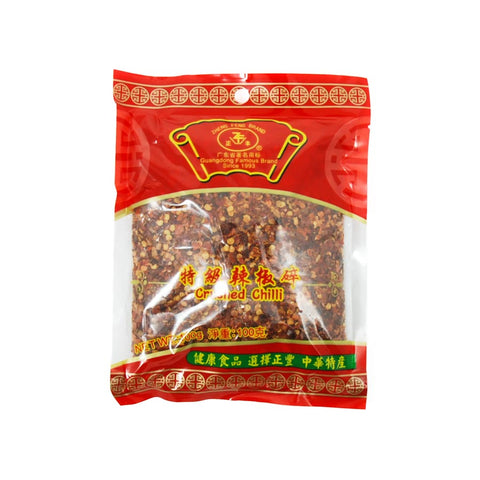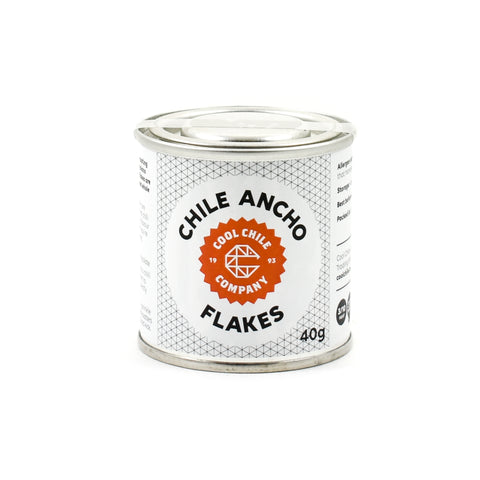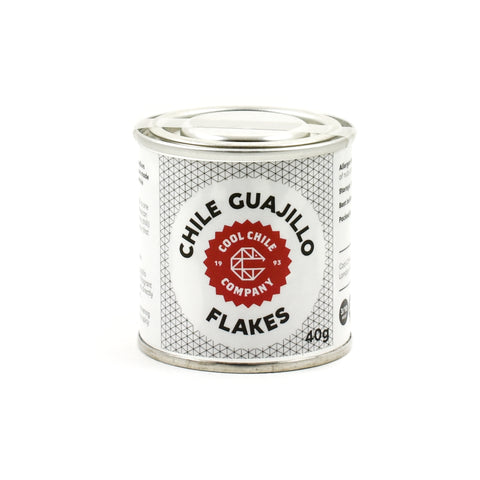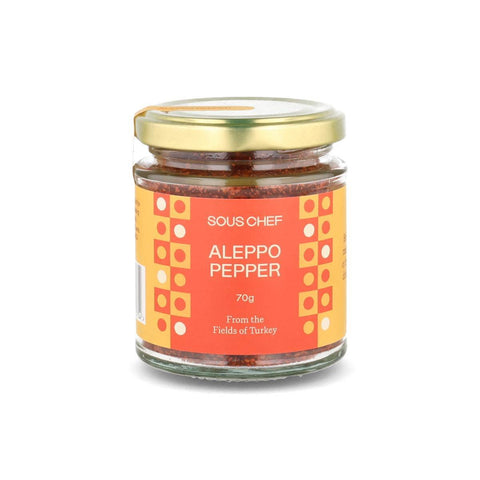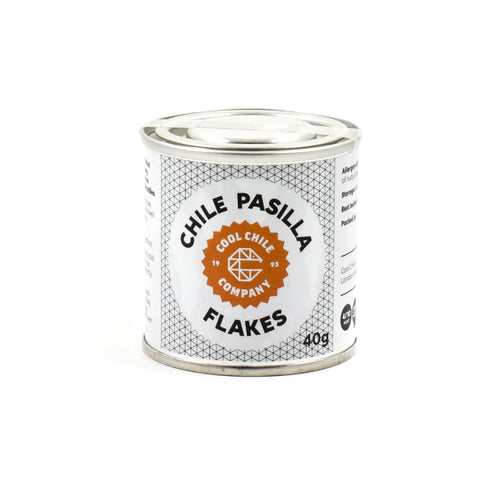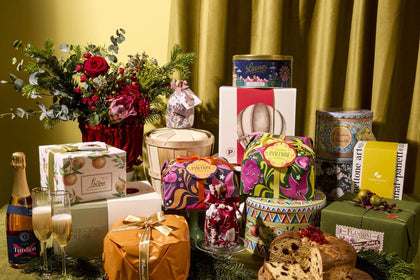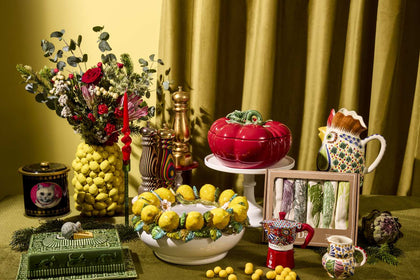Everything You Need To Know About Chilli Flakes
by Holly Thomson

Chilli flakes are crushed and dried chillies. Chilli flakes often contain small pieces of the dried chilli skin, plus the dried seeds. Just as with chillies themselves, chilli flakes will vary in heat and flavour.
In this guide, Sous Chef food editor Holly Thomson answers some common questions about chilli flakes, and how to use them.
Scroll down to for our useful identification photos of different chilli flakes. Plus our guide to using chilli flakes or chilli powder.
Browse our chilli flakes collection, or learn how to make chilli flakes yourself.
What are chilli flakes made of?
Chilli flakes are simply dried red chilli peppers. Crushed, or ground into flakes.
Chilli flakes can be different sizes and textures - depending on how finely they are crushed. In some cases, the flakes are processed a step further - to create chilli powder.
You might see a few whole chilli seeds within the flakes. And a mixture of flake sizes depending on how coarsely ground the chilli is.
Often chilli flakes are ground to a texture that can be easily sprinkled, between thumb and finger, over a dish or into a recipe.
Remember to always wash your hands after handling chilli flakes - and not to rub your eyes or any sensitive skin.
In this image below, you can see the texture of some freshly made chilli flakes in Sous Chef founder Nicola's kitchen.

However, chilli flake sizes can vary depending on which chilli is used to create them.
At Sous Chef, we have a breadth of chilli flakes from across the world. Many vary in shape and size.
In the image below, see exactly how a range of chilli flakes differ in size, colour and texture:
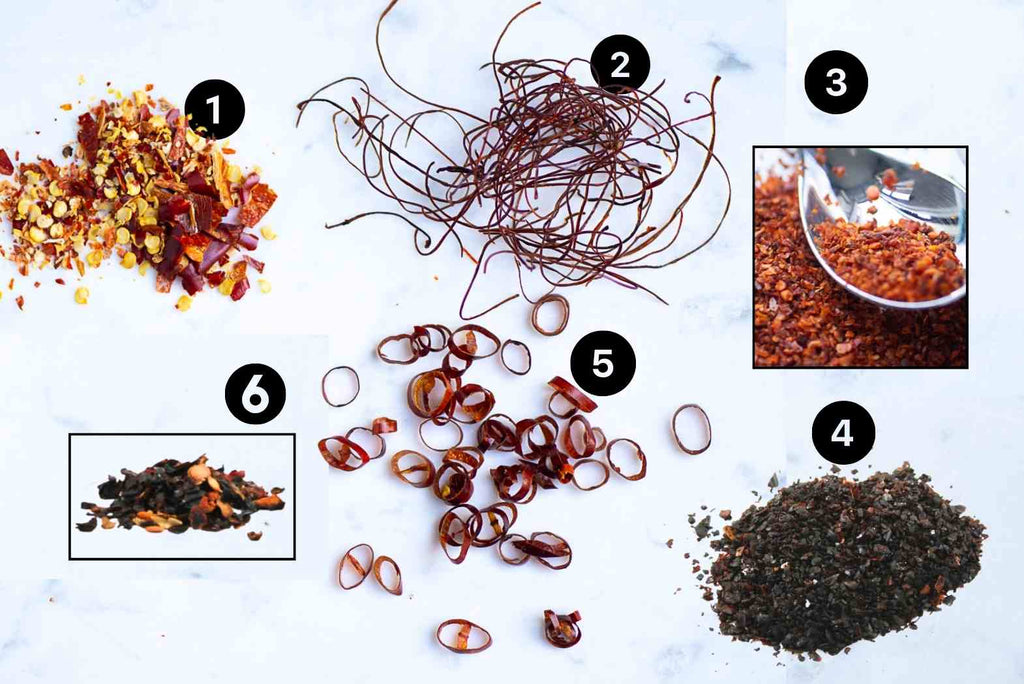
1. Homemade chilli flakes, made by Sous Chef founder Nicola
2. Ancho chilli flakes. Fruity and mild chilli flakes, with an 'oxblood red' colour. Find ancho chilli flakes in many classic Mexican dishes.
3. Aleppo Pepper - Pul Biber chilli flakes. A coarse ground chilli flake with a distinctive bright red flavour.
4. Urfa Pepper - Isot Biber chilli flakes. Dark reddish purple in colour, these Turkish chilli flakes are smoky and rich in flavour.
5. Ring of Fire chilli pepper. Dried chilli cut into concentric rings, these 'flakes' are a striking garnish.
Are chilli flakes very hot?
People often ask: Are chilli flakes very hot? The heat level of chilli flakes will vary. Some can be incredibly hot! How do you know how hot your chilli flakes are?
The two factors that determine how hot your chilli flakes are:
- Which chilli pepper the flakes are made with
- Whether the chilli seeds are still in the flake mix
Often, dried chillies and dried chilli flakes will be slightly less hot than the fresh version of the chilli itself. But not always!
The intensity of this heat is commonly measured using the Scoville scale, a gauge that quantifies the spiciness of chilli peppers.
Understanding the Scoville scale helps gauge the heat you're introducing to your recipes, providing insight into how much or how little of these fiery flakes to use in your kitchen.
For instance, these Mexican Guajilli chilli flakes measure 2,500-5000 on the Scoville scale - which is considered a medium heat.
While these Pasilla chilli flakes are much milder, at 1,000-2,000 on the Scoville scale.
Which chilli flakes should I buy?
This large bag contains a mix of deep red dried chilli flakes and chilli seeds together, which pack a serious punch.
Just sprinkle the Chinese crushed chillies over food to taste towards the end of cooking or to serve. Always add a little first - you can always add more later, but can't take the chillies away once they are in!
The chillies come from various places in China, including the Sichuan and Xinjiang province.
Cool Chile Company’s Chile Ancho Flakes are made with the mild and sweet ancho chilli – the most popular one used in Mexican cooking. It has notes of chocolate and fruit, and a dark oxblood red colour.
Lightly toast ancho chilli flakes in a dry pan until fragrant to release their flavour or add directly to simmering stews or soups.
Use these Cool Chile Company’s Guajillo Chile Flakes to add bright, tangy heat to dishes.
The Guajillo chilli is mild to medium in terms of heat (2,500-5,000 on the Scoville Scale of chilli heat), but their tingling spice has earned them the nickname ‘travieso chilli’ – or mischievous chilli.
It has notes of green tea and berries. Use it for barbecue marinades to pair with richer meat such as grilled, smoky lamb.
Aleppo pepper (or Pul Biber chilli flakes) is a coarsely ground Syrian and Turkish paprika, used in cooking or as a condiment at the table in Turkish homes and restaurants - and most famously sprinkled over doner kebabs.
Aleppo pepper is named after the Syrian city of Aleppo, which lies on the famous silk road spice route. The dried peppers create a spice with a lovely balance - intensely coloured, fruity, aromatic, but not particularly hot.
This is a fantastic addition to vegan bowls, with its ability to boost flavours whilst adding its own layers of fruity warmth. It instantly perks up rice, chickpeas, spinach, kale, tofu - pretty much anything!
Aleppo pepper is a match made in heaven for the rich flavours of goat and lamb, so sprinkle it generously over stews, goat curry, or even use to season homemade koftas.
Our favourite use for aleppo pepper or pul biber, is to toss the Turkish chilli flakes with finely diced preserved lemons, and a little oil, and then to spread over a chicken before roasting.
Pasilla chile flakes flavour Mexican stews, soups and moles.
Literally translating as ‘little raisin’, mild pasilla has grape-like, liquorice flavours and a medium-low hotness, ranking just 1,000-2,000 on the Scoville Scale of chilli heat. It has notes of wood, herbs and dried fruit.
Lightly toast pasilla chilli flakes in a dry pan until fragrant to release their flavour or add directly to simmering stews or soups.
Add to red wine vinegar with very finely diced shallot and a pinch of pasilla chile flakes to drizzle over freshly shucked oysters.
Can I replace chilli powder with chili flakes?
Are you wondering if chilli powder and chilli flakes are interchangeable? While they share the same essence of heat, chilli powder is often more fiery. Simply because a teaspoon of powder will contain more chilli than a teaspoon of flakes.
Powders will also infuse more widely across a dish - so you are likely to have a hotter dish overall. Whereas flakes will infuse some heat into the ingredients they touch. But might not make the entire dish spicy.
So when swapping chilli flakes for powder, consider that you'll be introducing more concentrated heat, so adjust accordingly.
See in the photo below how Kashmiri chilli powder and Korean chilli powder Gochugaru look different to Aleppo chilli flakes.

Which is stronger: chilli flakes or powder?
Chilli flakes and chilli powder bring distinct intensities to recipes and dishes. And they're often used quite differently. Chilli flakes, with their flaky texture, often have a milder heat compared to the finer, potent nature of chilli powder. Chilli powder can seem hotter, as it a more concentrated way of using chilli.
And again, it all depends on the type of chilli used in either the flakes or powder. Sweet paprika is a type of chilli powder with almost no heat at all, for example.
How to use chilli flakes
Use as a garnish, sprinkled over noodles, broths, kebabs, steamed vegetables, roasted meat - really any dish that you want to add heat to. You may want to gently toast some chilli flake, such as Ancho chilli flakes and Pasilla chilli flakes, to release oils and flavour before using. Or stir directly into soups or stews.
(And when to use chilli powder)
Perhaps more of a seasoning than a garnish, chilli powder can be used to make marinades and blended with other powdered spices for a smooth curry paste. But you might also sprinkle it over hot, buttered sweetcorn. Or even mix with salt and sugar and dip your cocktail glass rims.
Feeling inspired? Take a look at our chilli flakes collection, or learn how to make chilli flakes yourself.

